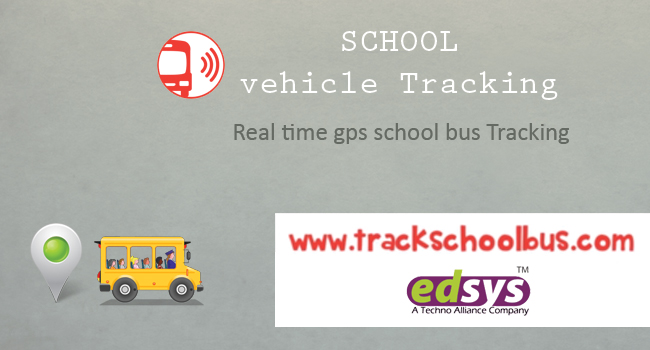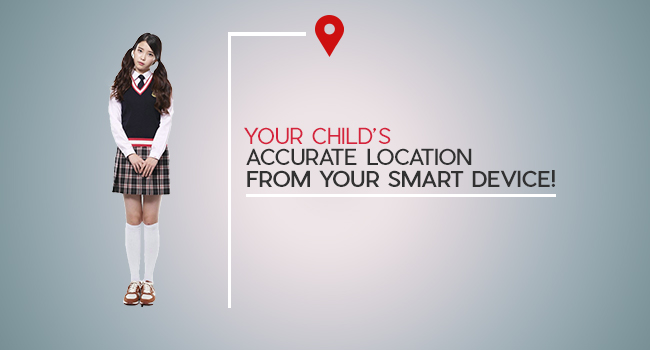School buses are the safest means of transportation for students to get to school and back. Millions of children all around the world start and end their day with a trip on a school bus. Safety of the children on these trips is of utmost concern to both the school authorities as well as parents.
Children get to school by walking, bicycling or parents drop them or by school bus.
Comparison studies with other modes of transport conclude that school buses are seven times safer than average family cars. Studies have calculated student injury and death rates per mile and per trip. Risks of each mode of transportation have been analyzed.
The highest number of accidents and deaths were recorded where teen drivers were involved.Studies showed that the fatality rate of travelling in a vehicle driven by a teenager was 44 times more than riding on a school bus.
The second most dangerous form of transport was bicycling where serious head injuries were caused mainly because of not wearing helmets. School buses accounted for minimal accidents and student death rates.
The sheer size of the bus, its vibrant yellow color, and additional safety features like seat-belts, stop signs, big mirrors and flashing lights ensure that students are in safe hands while travelling by the school bus.
School Bus – Safety Features
The special safety features of a school bus as compared to normal passenger buses include both physical and technological changes. Some of them are listed below.
- School buses worldwide are painted a bright yellow color for better visibility. The yellow color is visible even in bad weather conditions. It helps the other drivers and pedestrians to recognize the school bus and take extra caution when near them.
- School buses are larger and heavier than normal passenger buses. The buses have a height which is above the top of any car. This reduces the effect of any impact on passengers due to accidents.
- The first step into the bus is designed to be low and retractable. This helps the students to alight the bus with ease and reduces accidental falls.
- Anti-skid flooring is provided in the buses to avoid slipping during wet weather conditions.
- Strap handles are provided along the rail overhead for extra grip while moving inside the bus.
- The buses are provided with stop arms that signal the traffic to come to a halt. This is an indication that students are either getting on or off the bus. Flashlights too are provided to alert the traffic at the stop.
- Individual seat belts are provided on all school buses to keep children safe. In large buses these days the seats are constructed in a way that seat belts are not required.
This is called compartmentalization. Seats are structured like compartments which bend forward on impact. The bus seats are higher, thicker and wider. Metal surfaces are covered with padding. They are designed to absorb force in the event of a crash, thereby protecting the children. - First-aid kits are provided in the buses to take care of emergencies.
- Speed governors are installed in school buses to limit the speed within a prescribed range. Theyact as a check on the driver, preventing him from over-speeding. Low speeds further reduce the likelihood of casualties in the event of a crash.
- The GPS (Global Positioning System) in the school buses enables the driver to stay on the safest route. This is of immense help to the parents in knowing where and when the bus has reached. The school too is updated on the progress of the school bus on the designated route.
- The RFID system installed on the school bus records the entry and exit of the students on the bus. The parents and school get a real-time update of where their wards are, whether they have boarded or departed from the bus. The school authorities can keep track of any missing student.
- Video cameras are installed in the bus to monitor the behavior of students while riding. Speaker systems in the buses are used by the driver or school authorities to inform the students of any impending danger or traffic anomalies.
- School bus drivers are hired meticulously to meet higher standards of consistency and safety as compared to other passenger vehicle drivers.
They are well experienced and mature personnel. They attend safety and first aid training workshops. Periodic medical check-ups are mandatory for drivers. - Schools conduct evacuation drills for students who use the school buses at least twice a year. Students are taught to identify emergency exits and how to open them.
Advantages:
A big school bus normally accommodates 45-50 students. This ensures a large number of cars off the road which in turn reduces pollution and traffic congestion. The new buses are fitted with the latest emission control engines which adhere to the concept of a green environment.
Breakdown of the school bus will be the responsibility of the school. They will arrange for repairs or a replacement bus so that the students can arrive in school on time.
The GPS and RFID systems help in alleviating parental stress to a large extent.
Limitations:
Like in any form of transportation, accidents are inevitable on school buses too. Children can be injured when riding the bus, getting on or off the bus, or even when standing near the bus.
Accidents while on the bus are caused due to crashes with other vehicles. These types of accidents are minimal. Considering the size of the bus, the injuries caused to students in the buses are normally confined to minor sprains, bruises, scratches, etc.
Reports and studies have shown that most accidents occur while getting off the buses. This happens when the students do not follow the rules while alighting, when they are hit by the school bus itself, or when other motorists fail to observe traffic rules.
Though compartmentalized seats provide protection in the eventof a collision, children can still be tossed around during an accident, causing injuries. Commonly, injuries are caused to the head, neck and shoulders when an accident occurs.
Seat belts do not guarantee total protection. Enforcing the use of seat belts is difficult. They require high maintenance in order to keep them clean and in good working condition. They need to be adjusted for each child. Smaller children may also require chest or lap harnesses.
Conclusion
School buses are the perfect fit for students to enjoy a safe and comfortable journey from and to the school. Statistics show that a child is 70 times more likely to get to school safely when taking the school bus rather than when travelling in a car.
The student death rate is less than 1% of the total traffic fatalities. This is because the school buses are designed to be safer than other vehicles.
Children also need to be responsible enough to stay alert and aware of their surroundings to prevent accidents and injuries.Schools urge parents to teach their children to follow the safety rules and to maintain discipline while riding a bus.


















